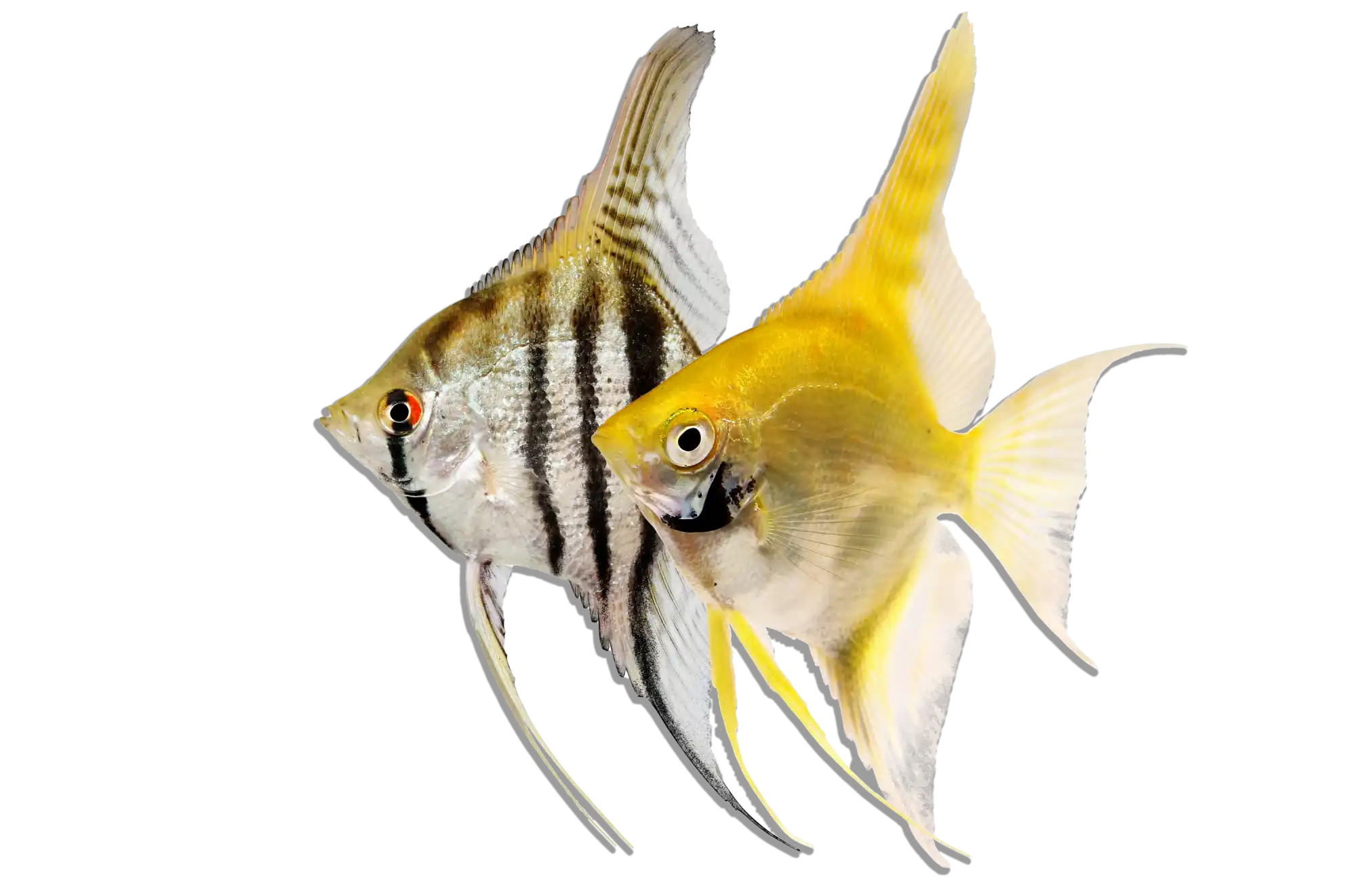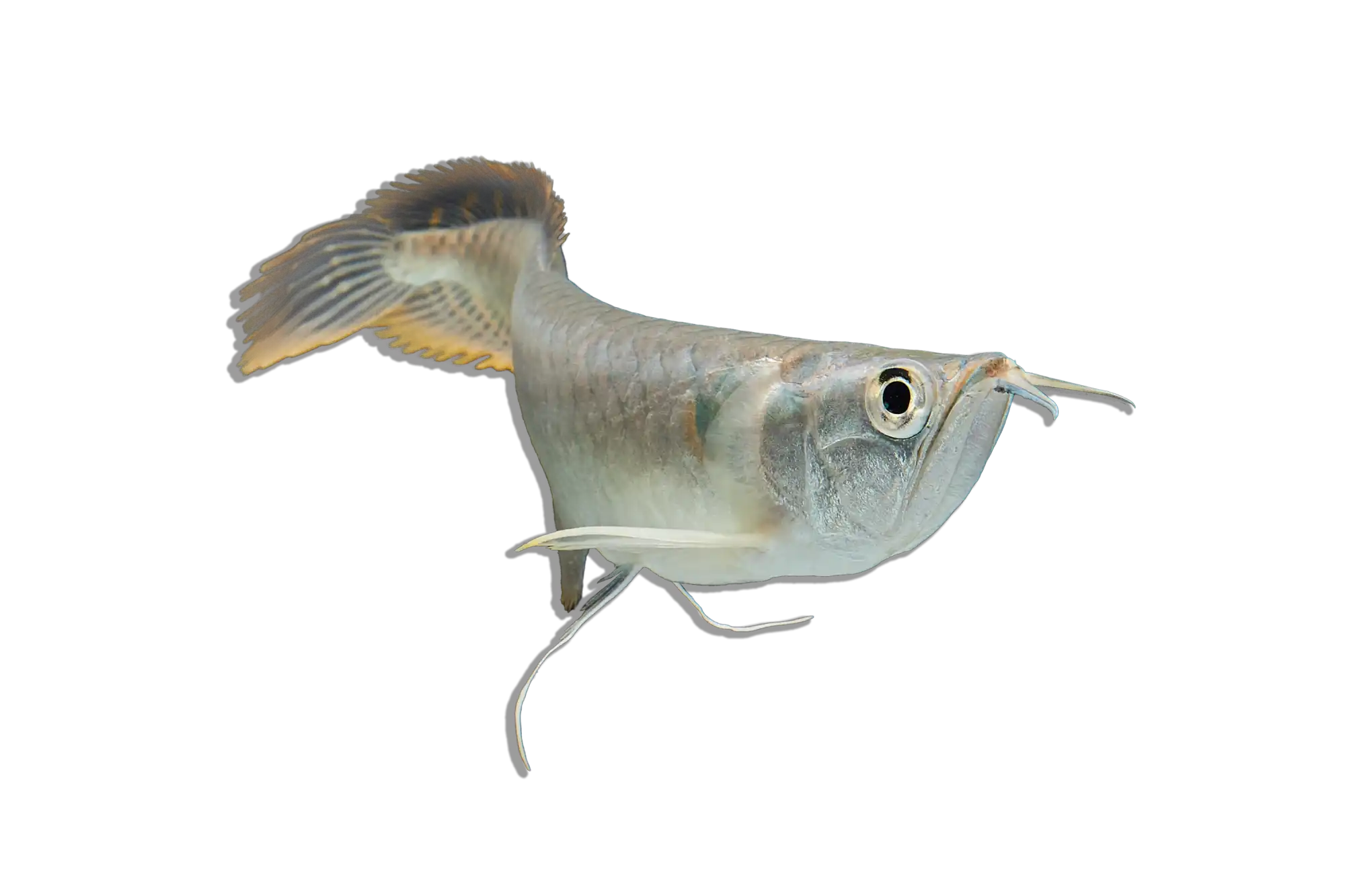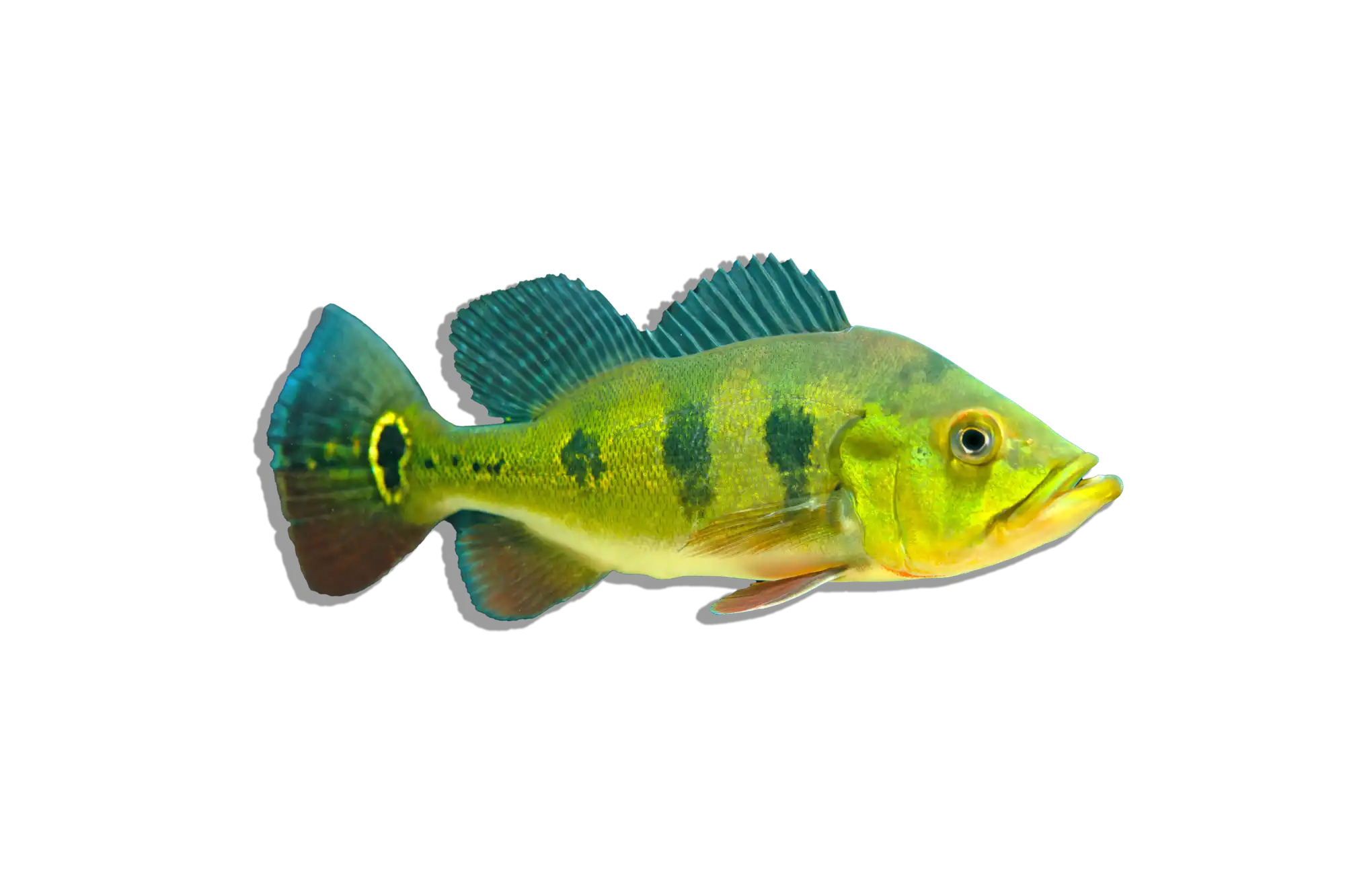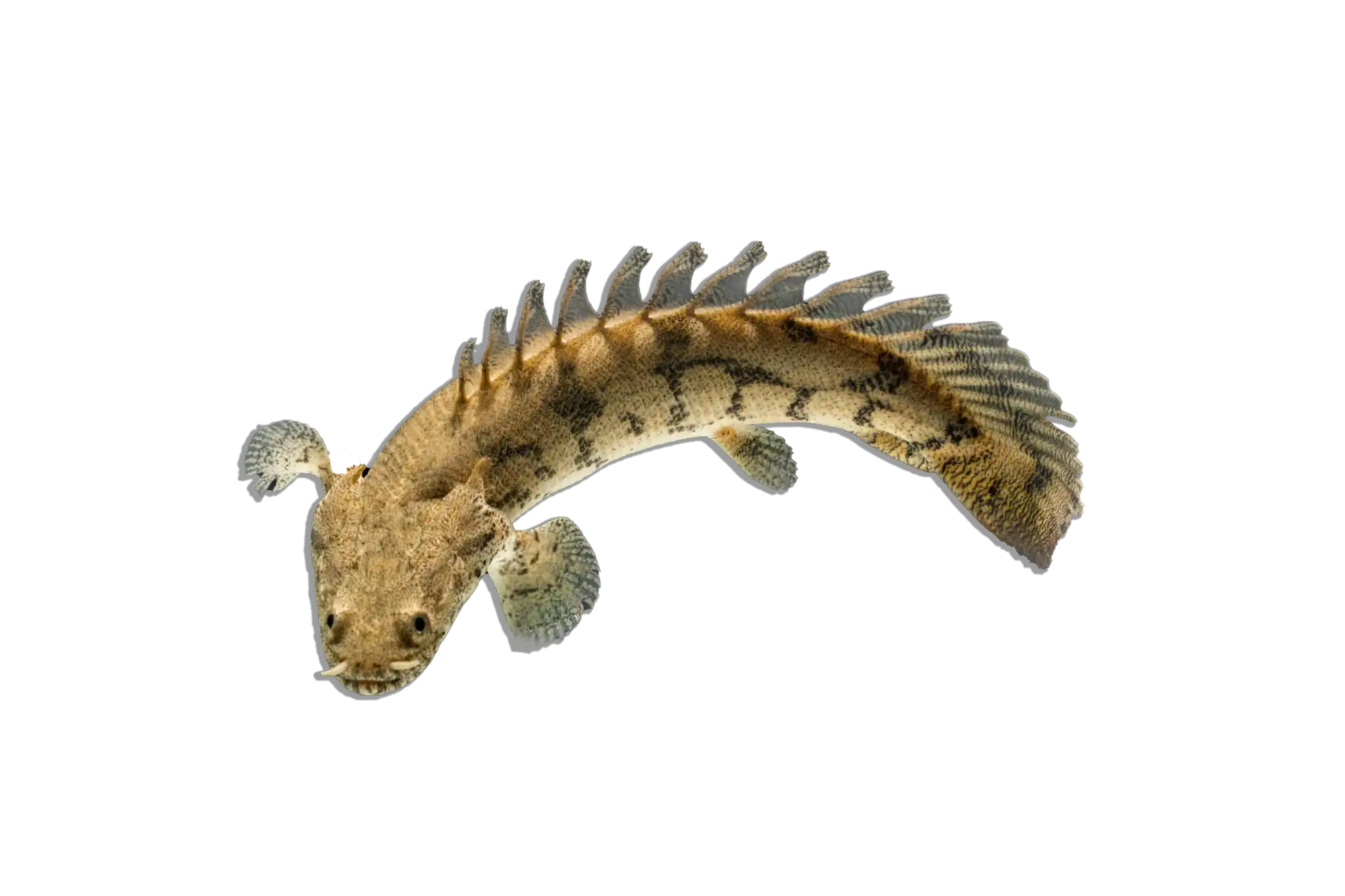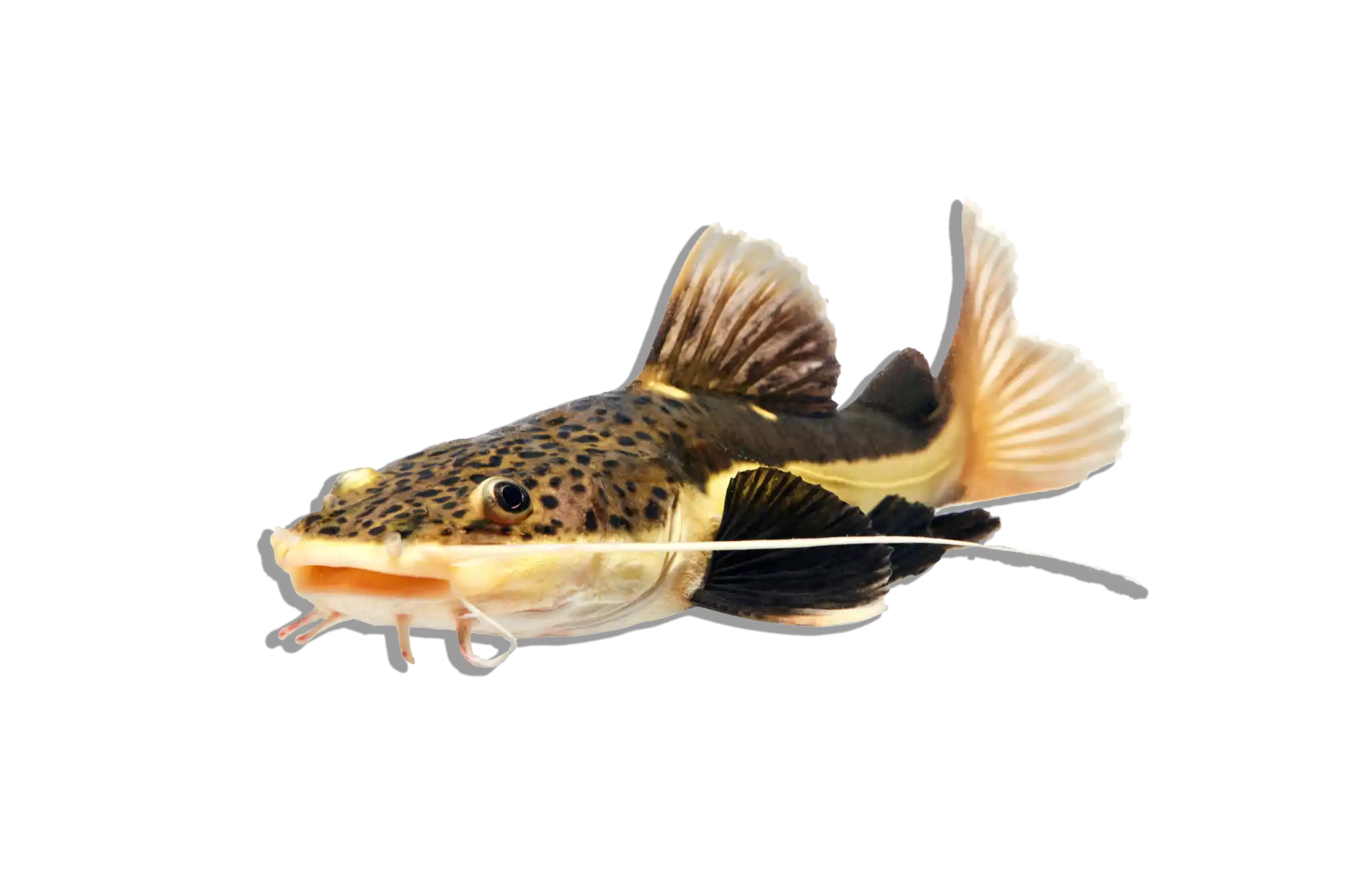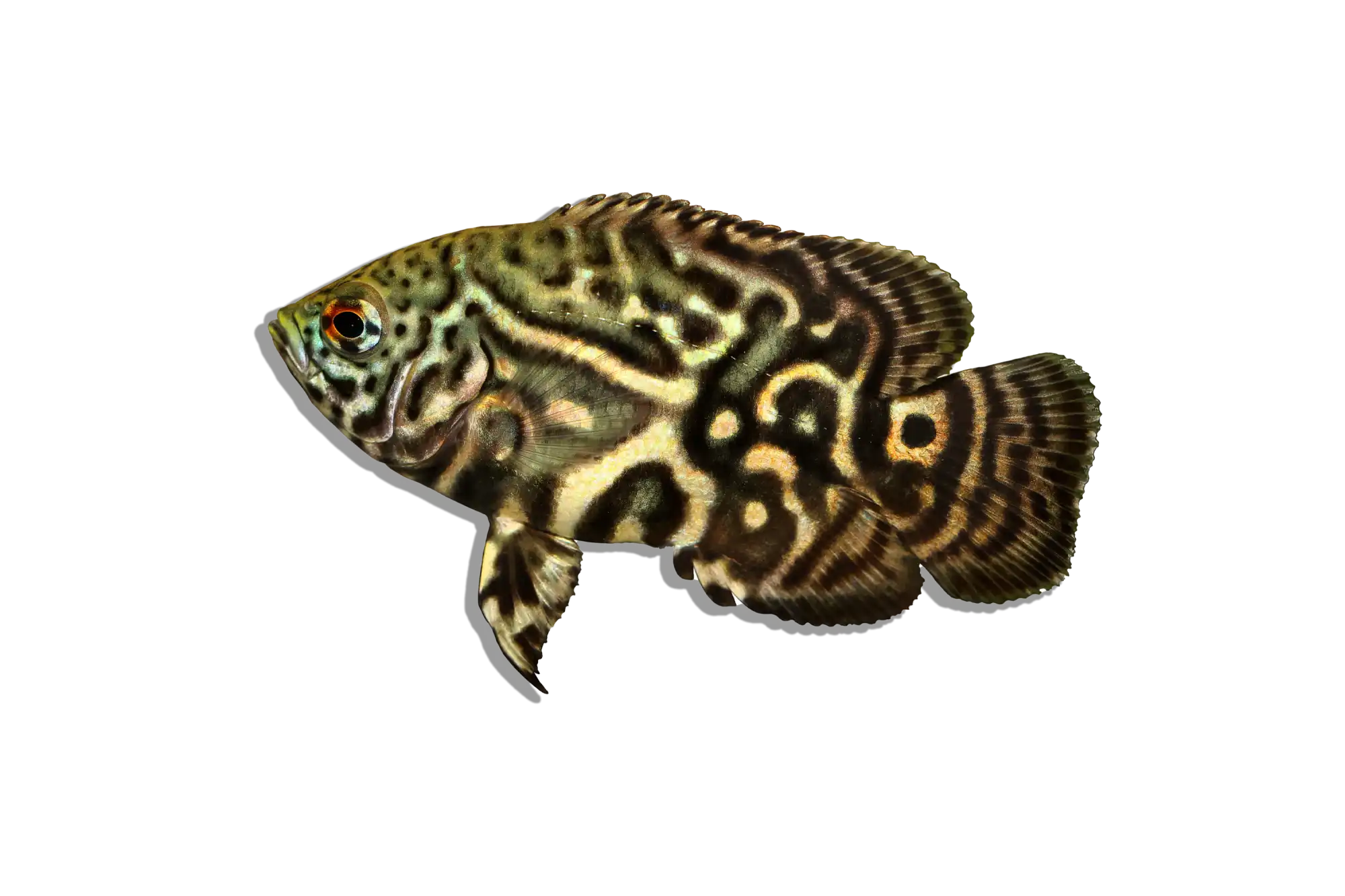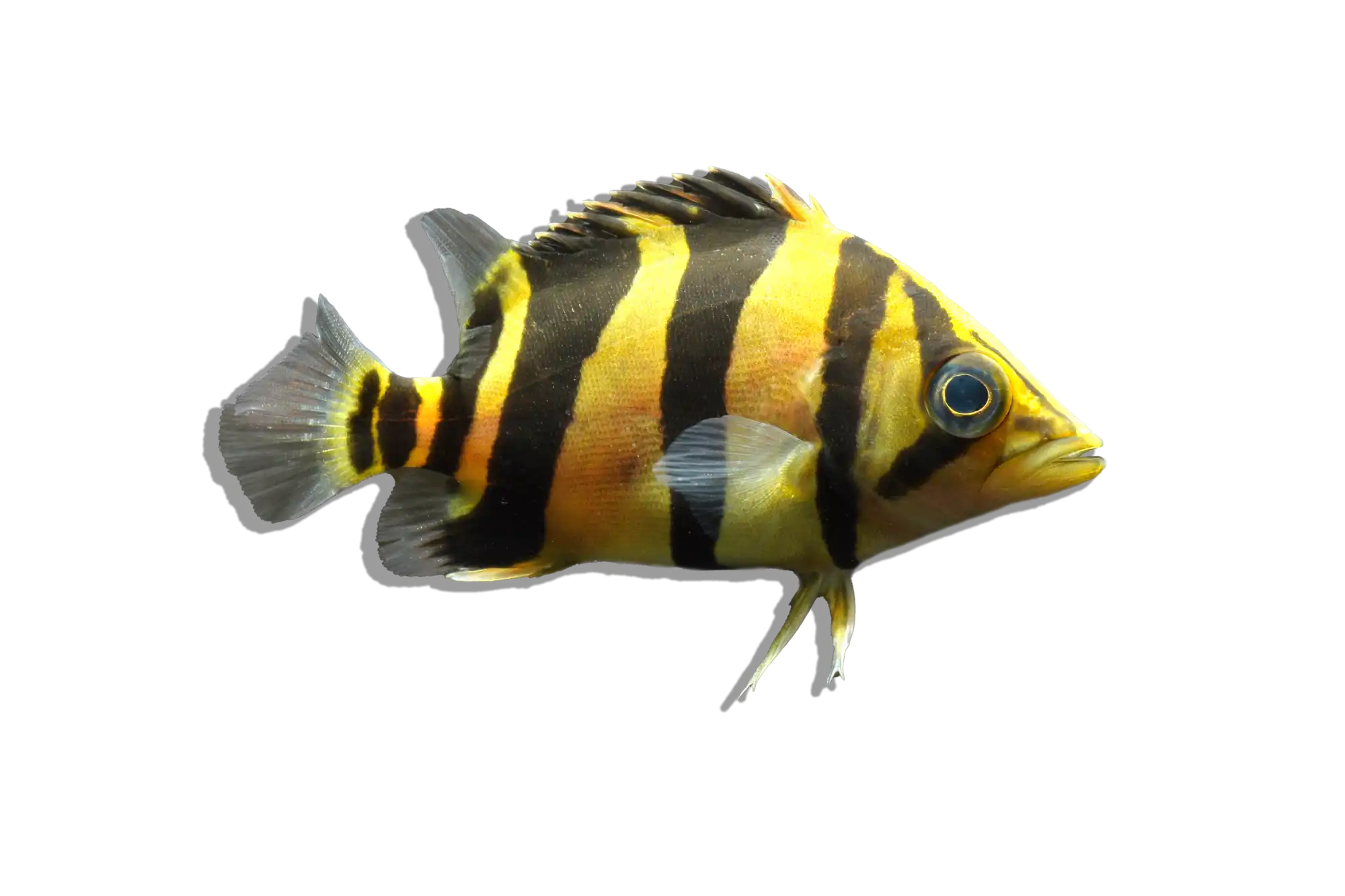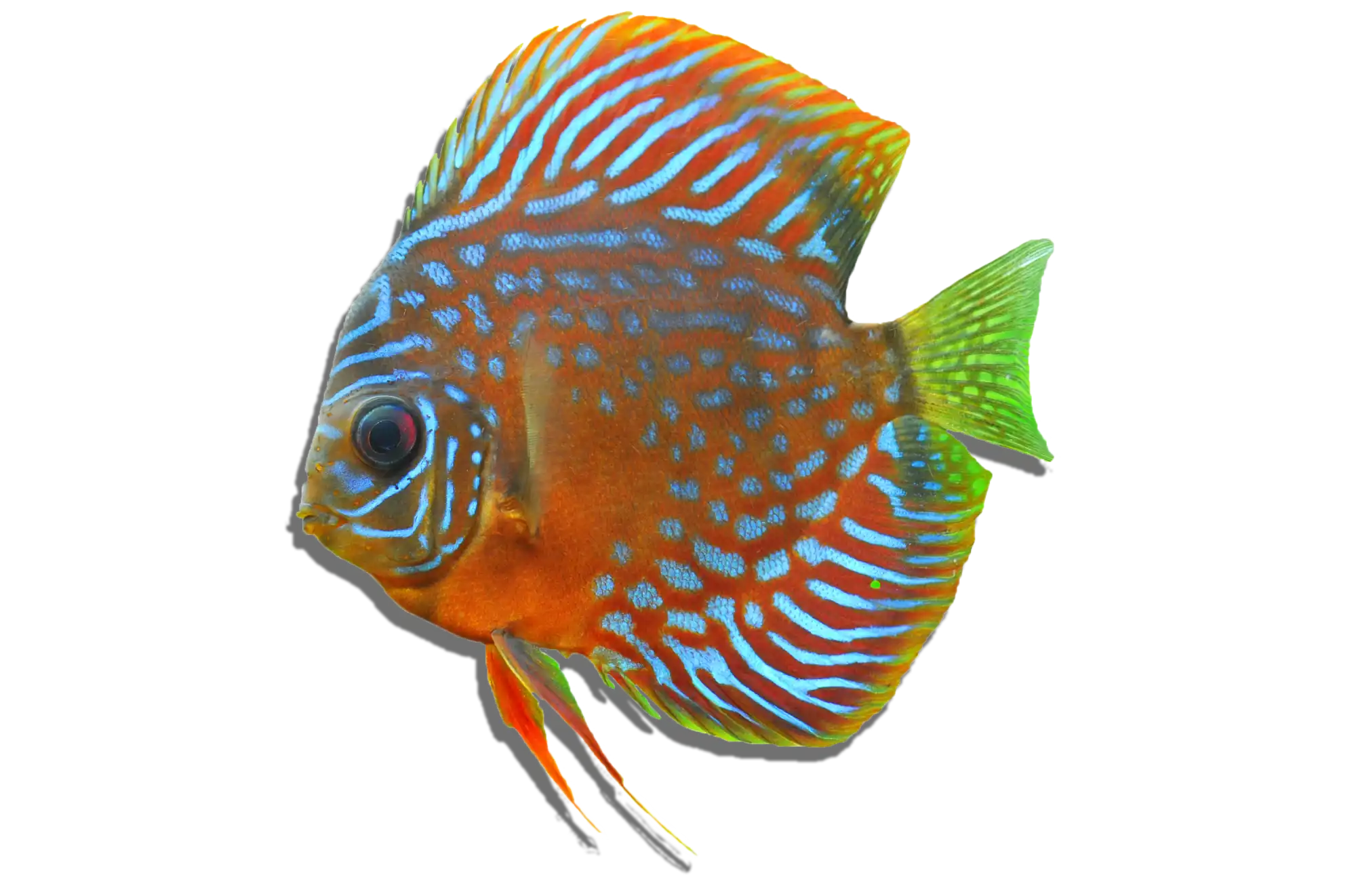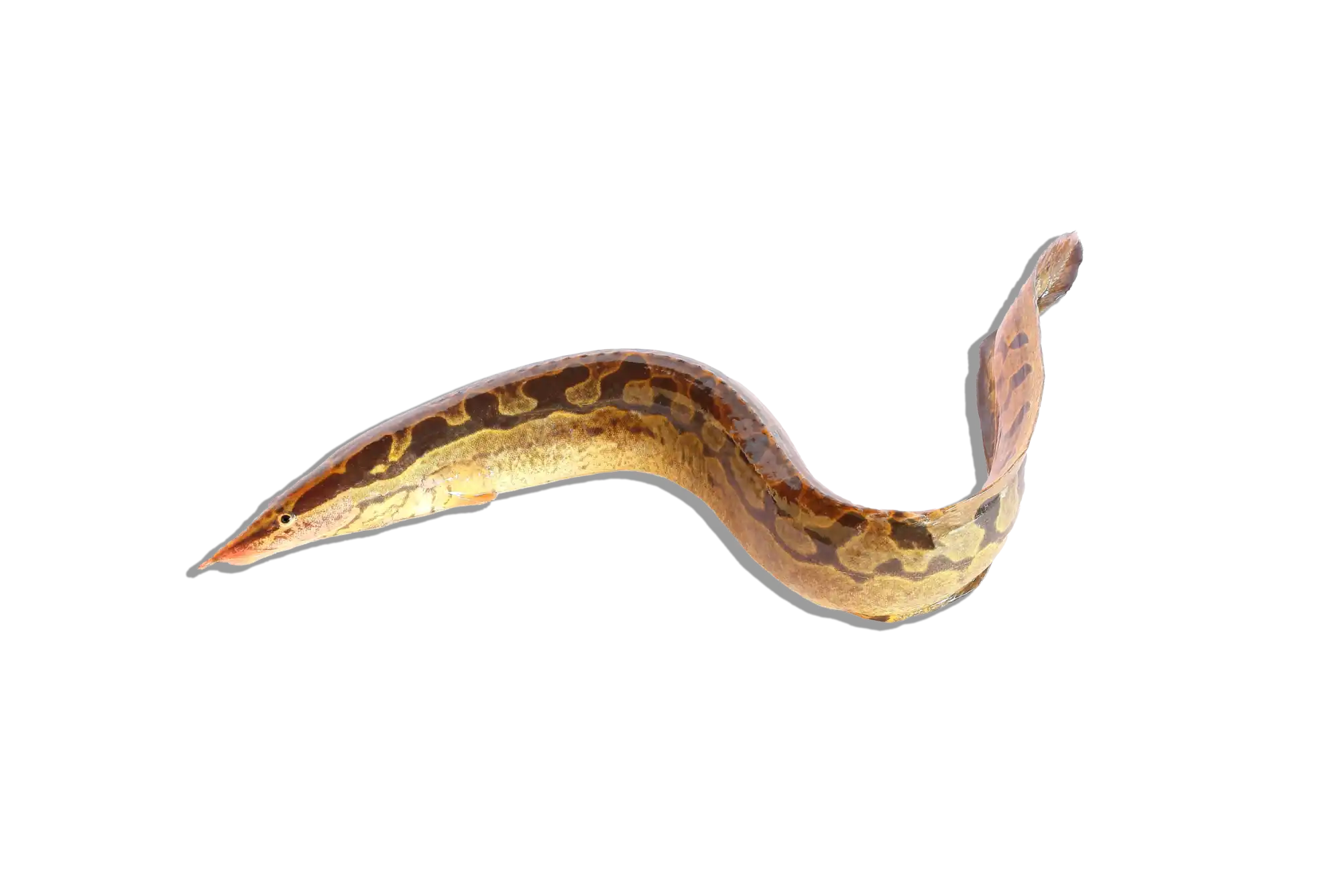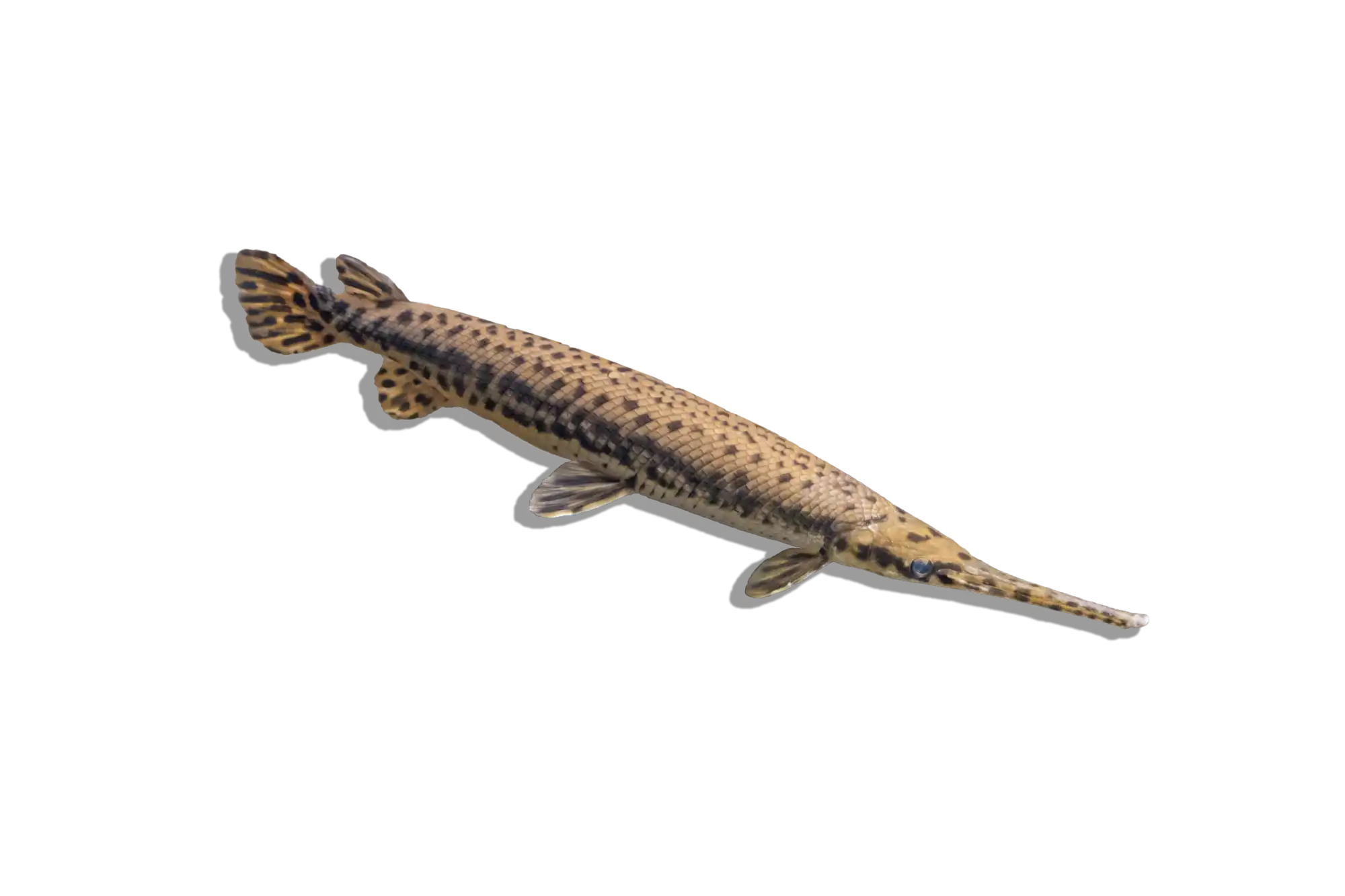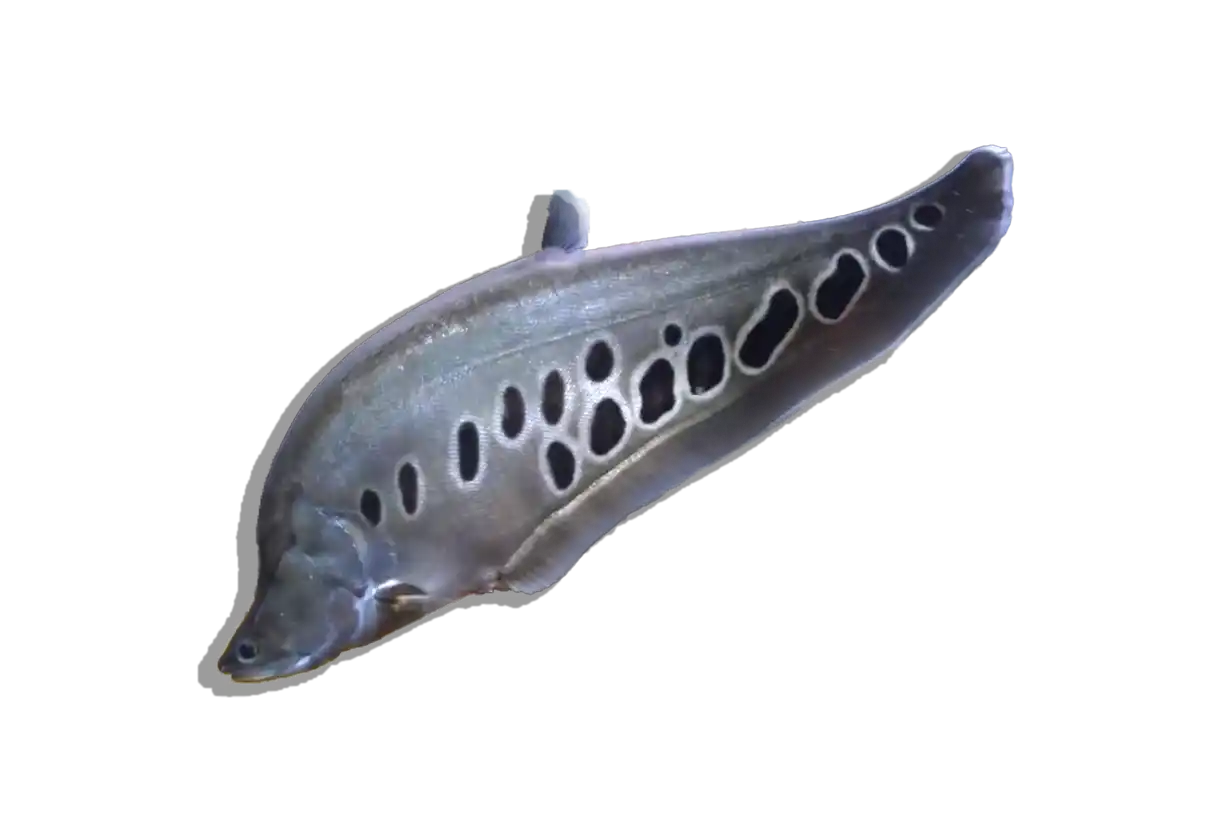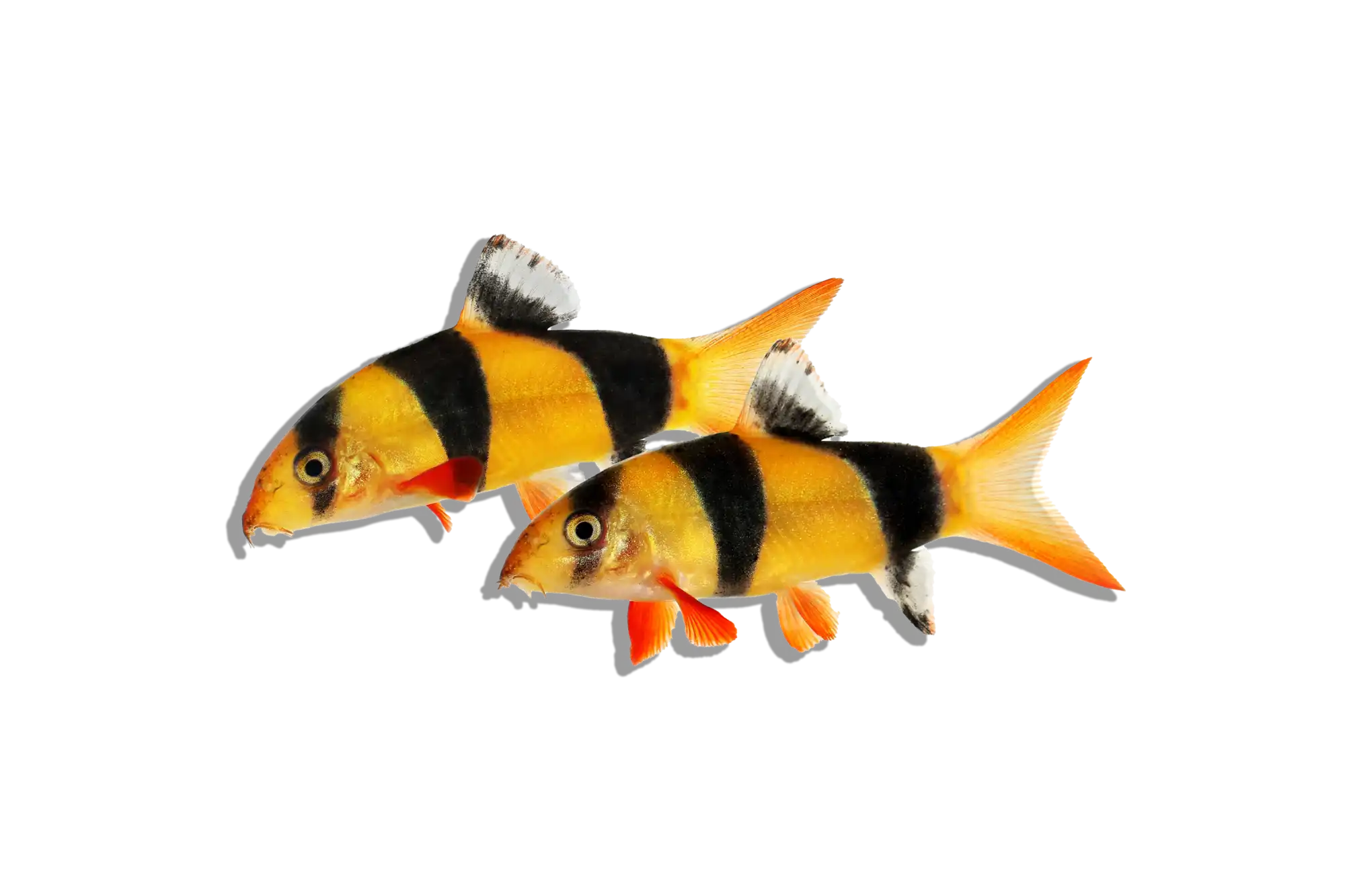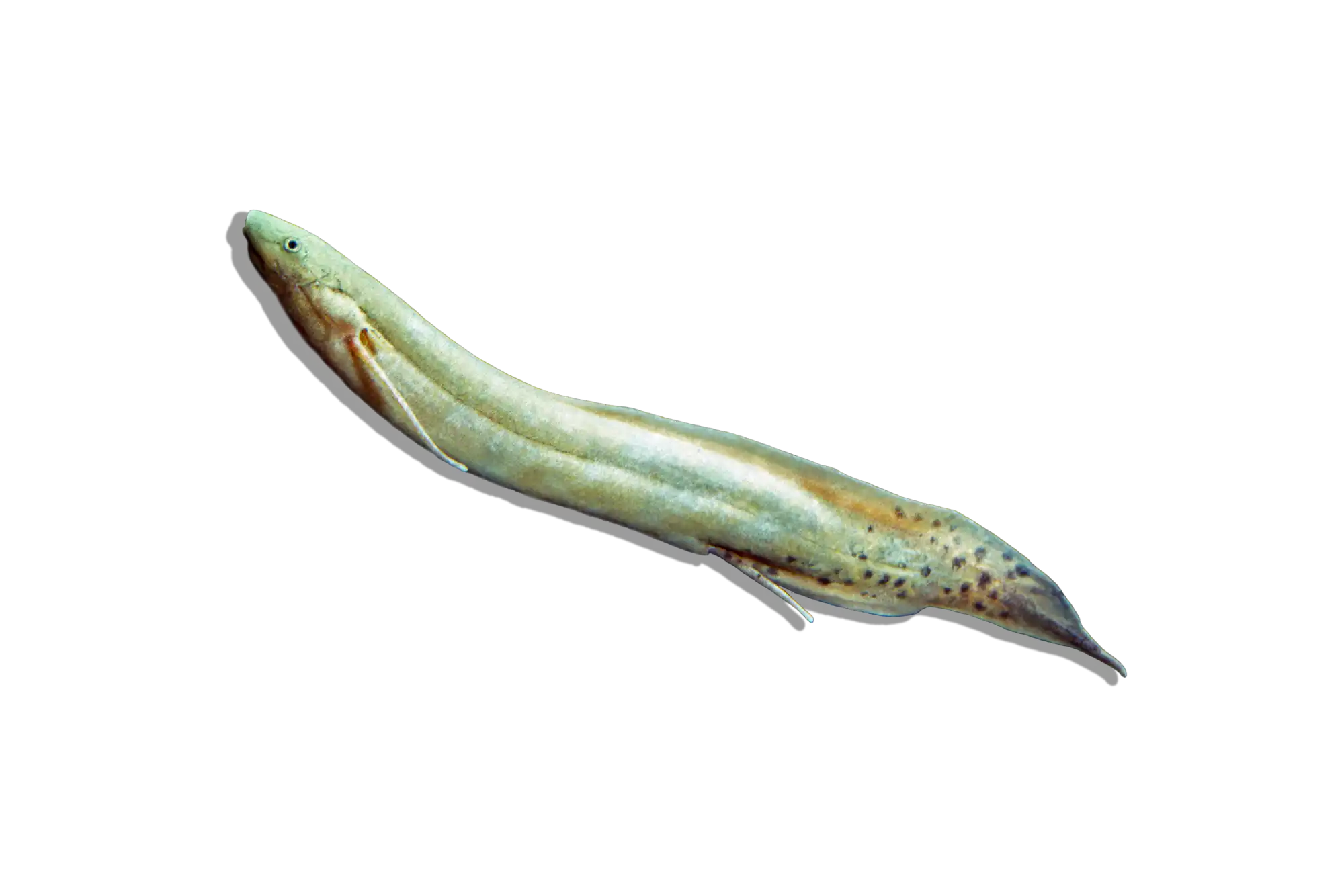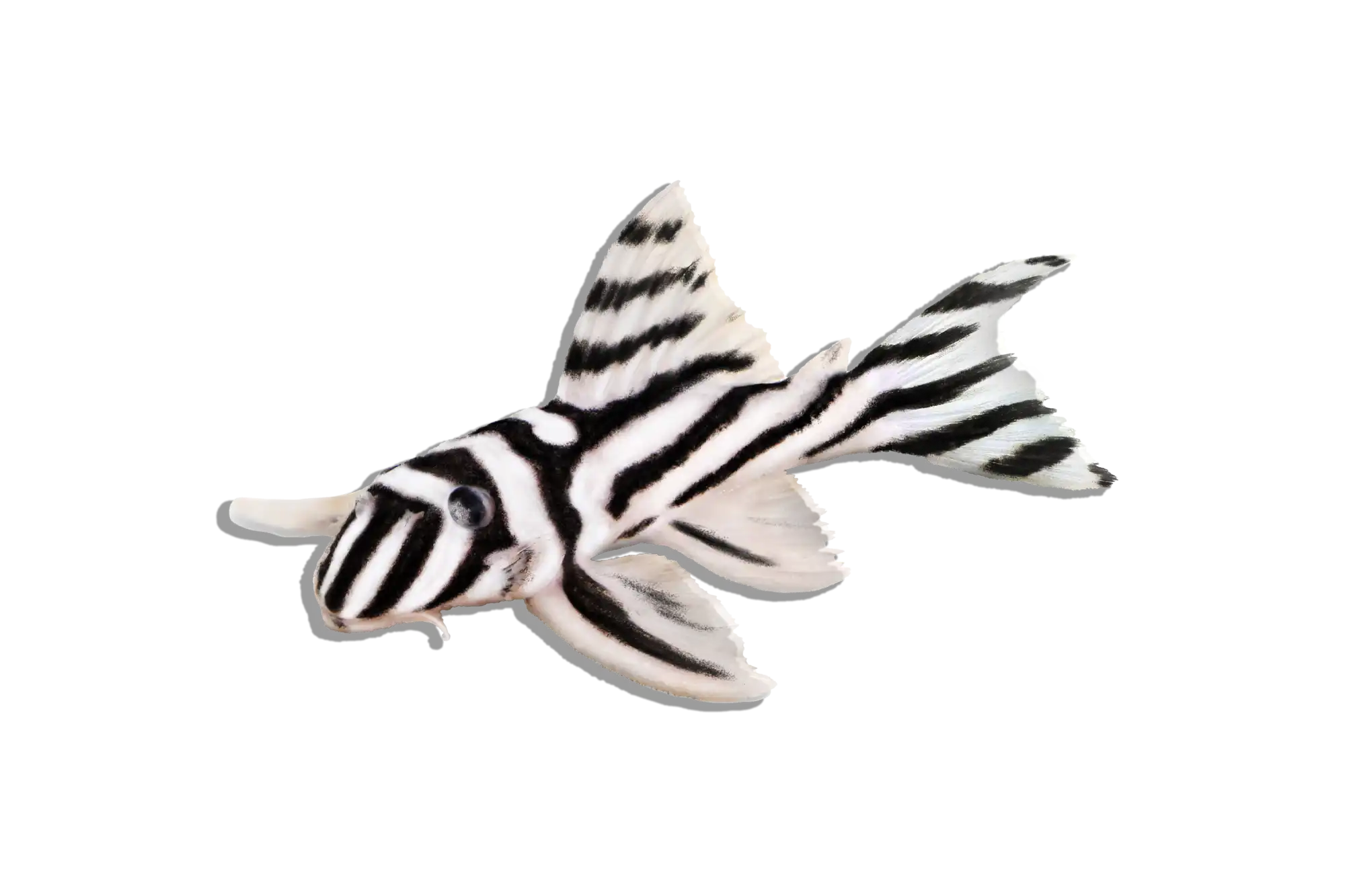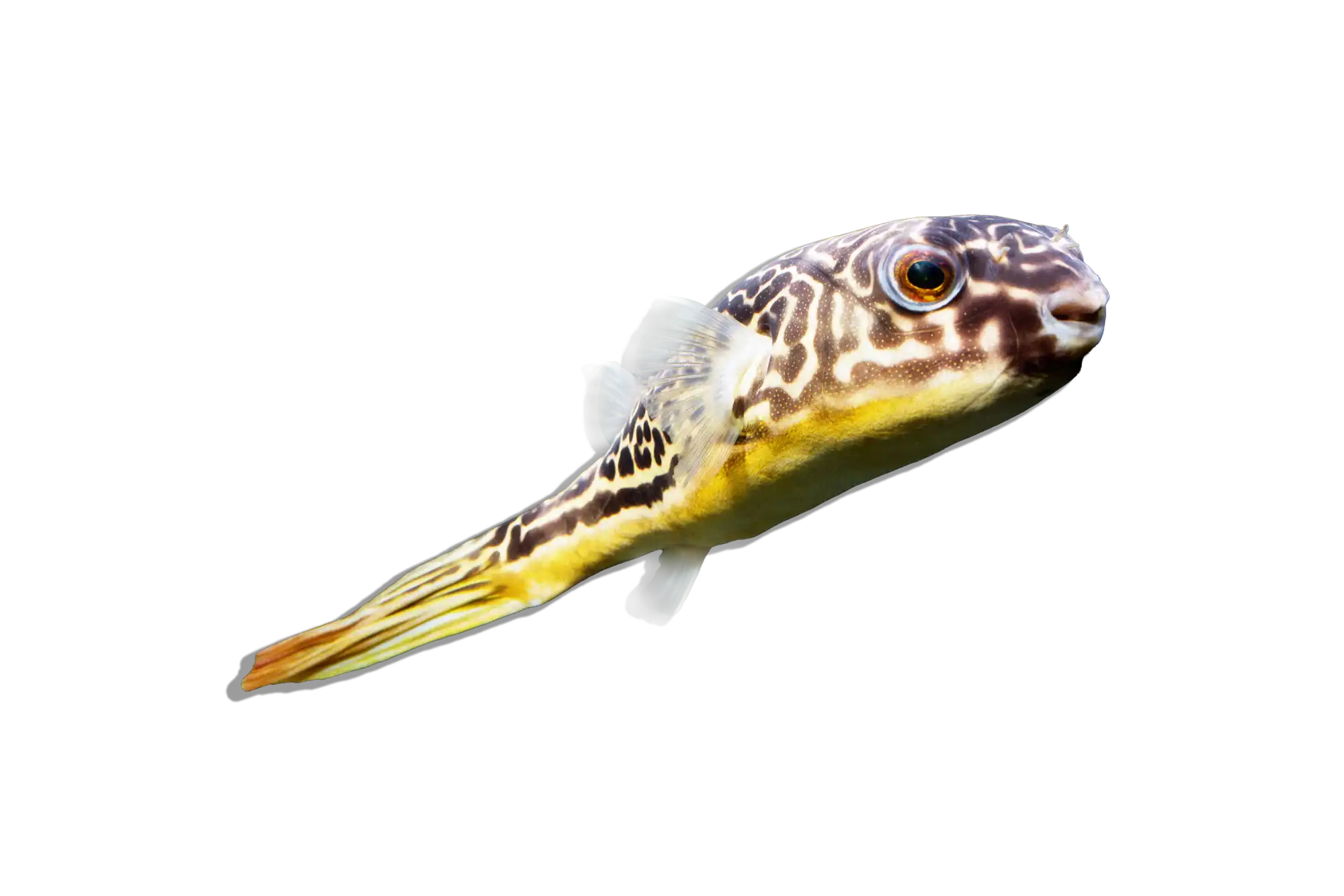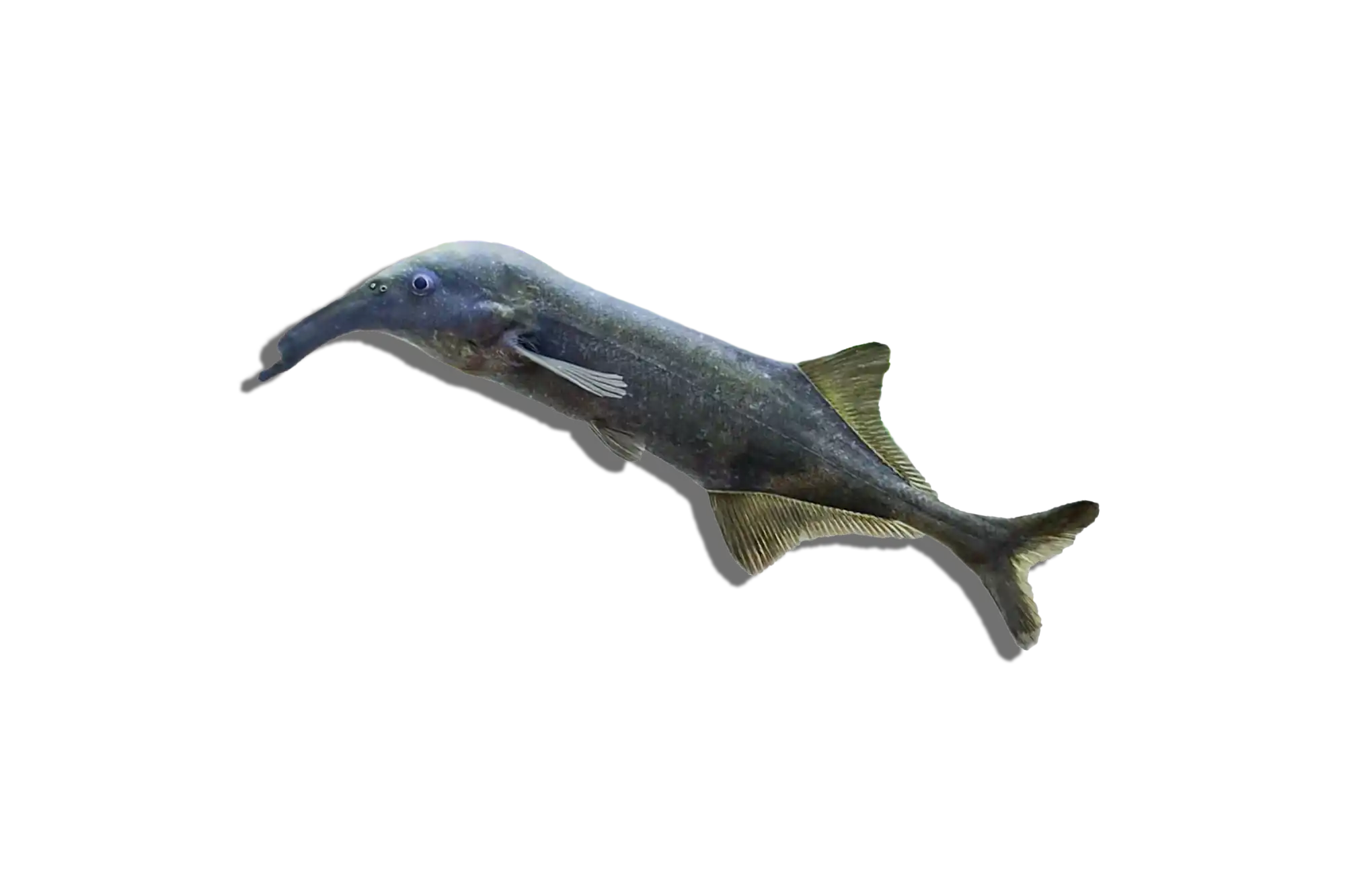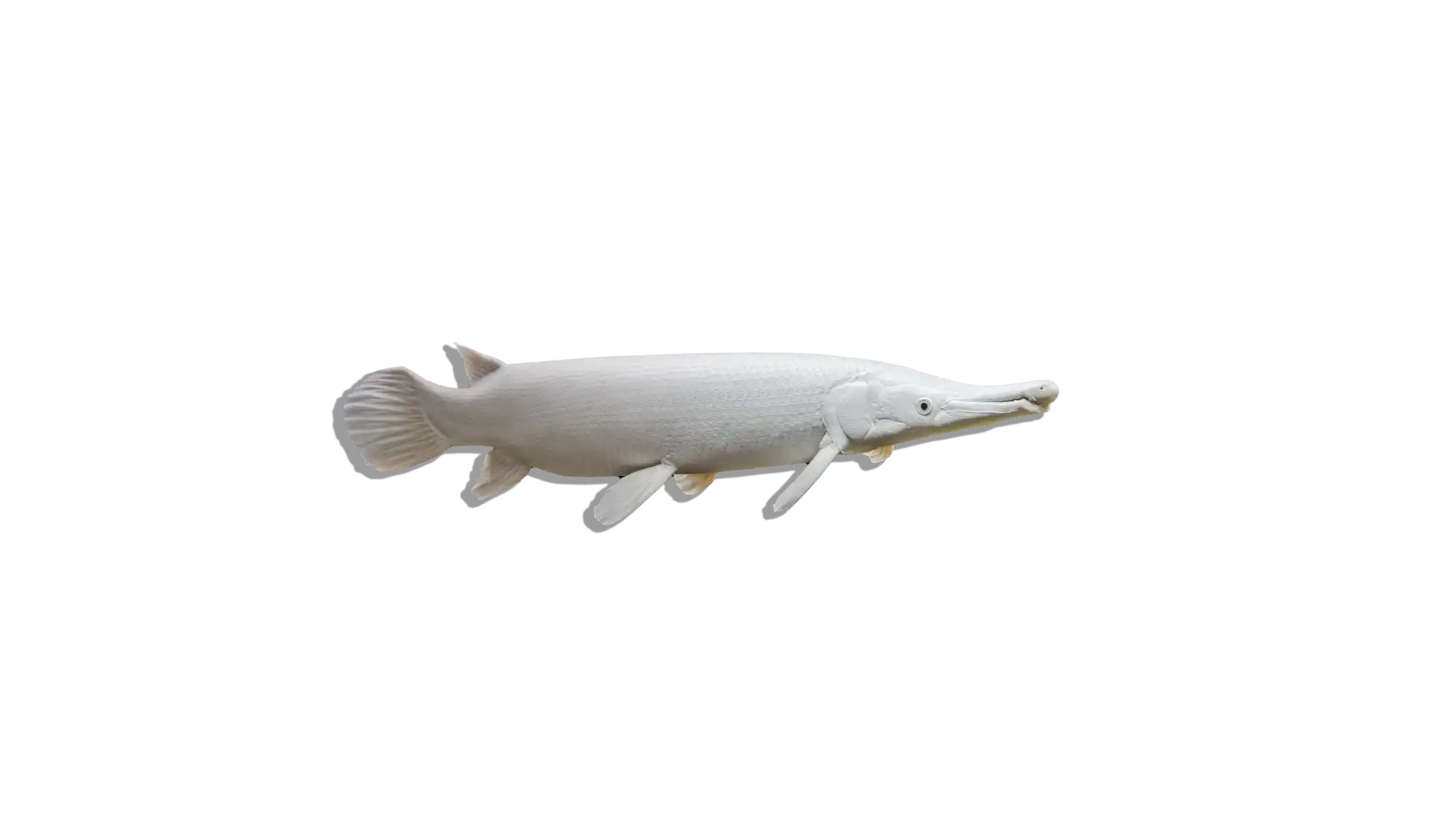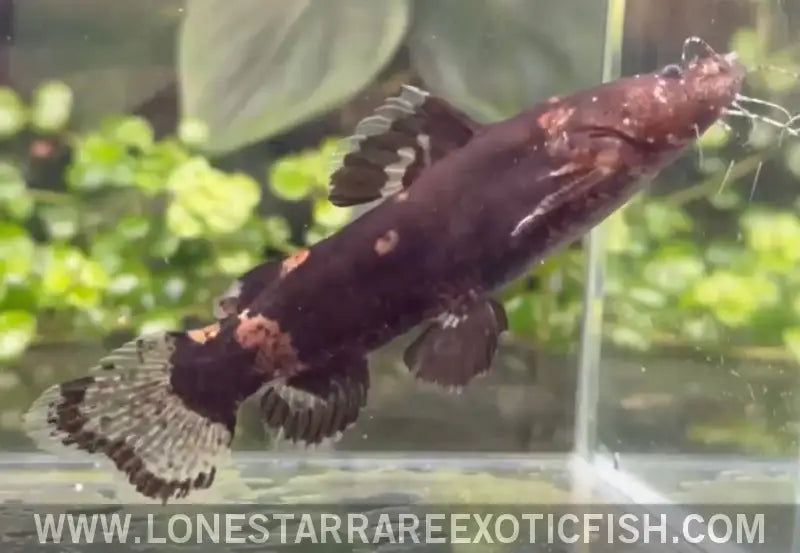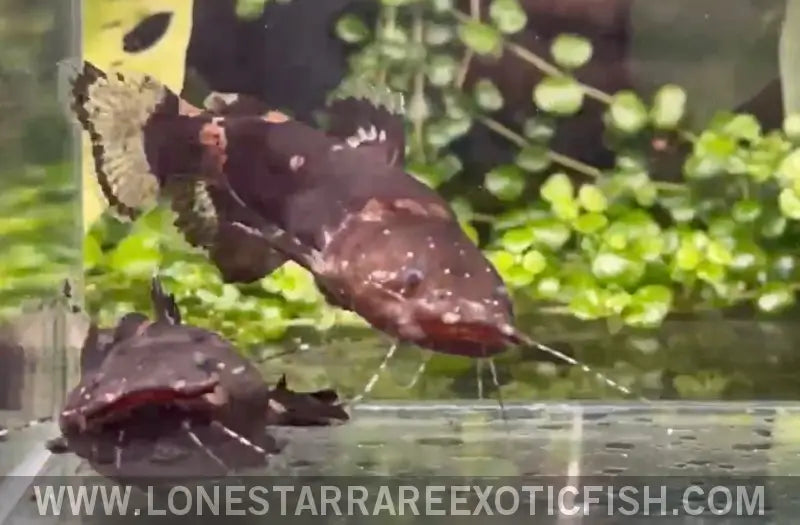Description
Common Name: Bumblebee Jelly Catfish
Scientific Name: Batrochoglanis cf. raninus
Other Names: Spotted Jelly Catfish
The Bumblebee Jelly Catfish has a striking appearance characterized by its translucence with small black spots distributed over its body, resembling the patterns on a bumblebee. Its long whiskers or barbels extend from its face, giving it a unique charm. The delicate jelly-like appearance coupled with the distinct patterning makes this fish a captivating addition to any freshwater aquarium.
Habitat and Distribution: Native to South America, particularly in the Amazon basin regions, the Bumblebee Jelly Catfish thrives in slow-moving rivers and backwaters with dense vegetation. This catfish has evolved to be perfectly camouflaged in murky waters and among fallen leaves and driftwood. They are typically found in soft, slightly acidic water with low visibility.
Size and Lifespan: In the wild, they can grow up to 6 inches, but in captivity, they generally stay around 4-5 inches. With proper care, they can live up to 10 years or more. Their size in captivity may be influenced by tank size, diet, and water quality.
Diet and Behavior: In their natural habitat, they consume small invertebrates, insects, and worms. For aquariums, they should be provided with a diet of protein-rich pellets, frozen blood worms, and occasionally chopped raw tilapia. Being nocturnal, they are more active during the evening or in dim light. They are peaceful and tend to be somewhat shy, often hiding during the day.
Breeding and Reproduction: While not commonly bred in captivity due to their specialized needs, they are known to lay eggs among dense vegetation. Commercial breeding operations often use hormone injections to stimulate spawning. The exact details of their reproductive behavior in the wild remain largely unknown.
Aquarium Care and Tank Requirements: A minimum of a 30-gallon tank is recommended. They prefer dim lighting and plenty of hiding spots, such as caves, driftwood, and dense plants. Moderate water flow and filtration are essential, with occasional water changes to maintain cleanliness.
Ideal Tank Mates: They can be kept with other peaceful species of similar size. It's best to avoid overly aggressive fish. They can be kept with their own kind and often thrive in small groups.
Difficulty Level: Intermediate. While they are not especially demanding, their specific needs and shy nature may pose challenges to novice aquarists.
Water Parameters:
- Temperature: 75-80°F (24-27°C)
- pH: 6.5-7.5
- General Hardness (GH): 5-15 dGH
- Carbonate Hardness (KH): 3-10 dKH
- Ammonia: 0 ppm
- Nitrite: 0 ppm
- Nitrate: <20 ppm
Additional Information:
- The "jelly" in their name refers to their translucent appearance.
- They have a sensitive nature, so it's essential to maintain stable water parameters.
- Historically, indigenous communities near their habitats did not fish them for consumption due to their small size, but they were often regarded with fascination. Their conservation status is stable but can be threatened by habitat loss due to deforestation.

